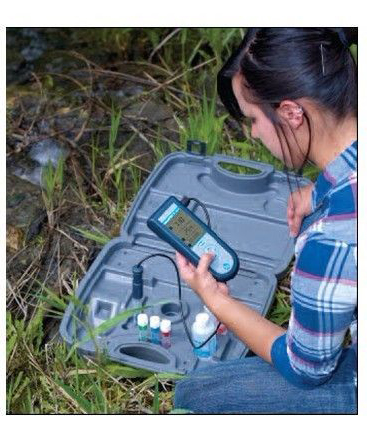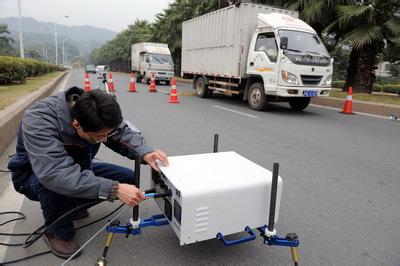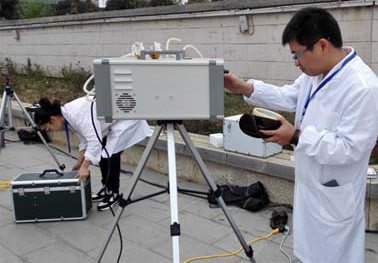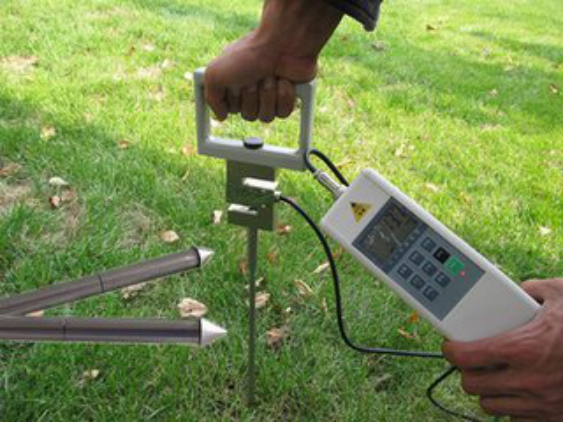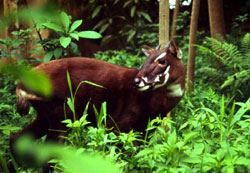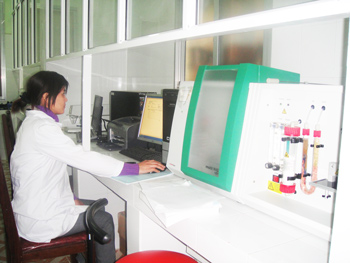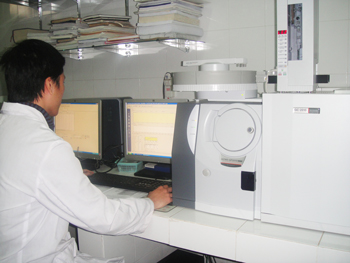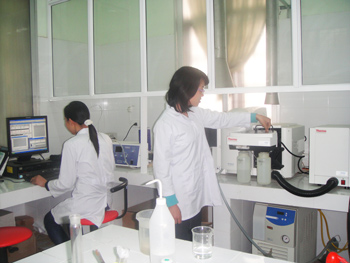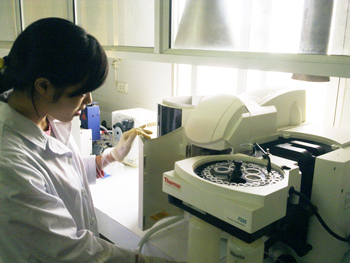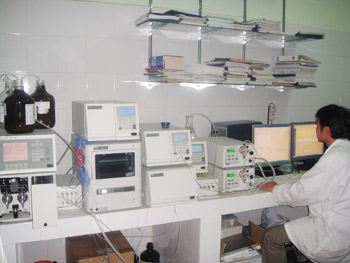HA NOI — International conservation groups and domestic scientists have warned that one of the rarest animals found on Earth – the Saola (Pseudoryz nghetinhensis) – is moving towards extinction just two decades after its discovery, due to intensive hunting pressures and poor management.
Christ Hallam from Wildlife Conservation Society Laos said: "The Saola has made it to its twentieth anniversary, but it won't have many more anniversaries unless urgent action is taken."
Efforts to save the Saola, found exclusively in limited remote areas along the Viet Nam and Laos border, have even reached a greater level of urgency since another of Viet Nam's iconic species – the Vietnamese Java Rino – was confirmed extinct last year.
Yet conservation efforts are difficult because little is known about the Saola which is a cousin of cattle and looks like antelope. After first traces of a Saola was discovered in Vu Quang Forest in central Ha Tinh Province in 1992, deemed as one of the most spectacular zoological discoveries of the 20th century, the Saola remains as mysterious and elusive as ever.
Chairman of the Viet Nam Association for Conservation of Nature and Environment Nguyen Ngoc Sinh said the Saola was an intriguing enigma. "First, we still can't explain why it took so long for us to come to know the existence of the Saola, not until 1992, while the Saola is relatively big compared to other species, and their habitat has been shared with humans for a long time," he said.
He said spotting a Saola in the wild was another conundrum to scientists because they were extremely secretive and once a Saola sensed that its habitat was disturbed by outsiders, it would retreat even further into secluded forests, which discouraged even the boldest poachers.
"That's why the Saola is very seldom seen, even camera-traps fail to capture evidence of the Saola," Sinh said.
These difficulties have prevented scientists from making a precise population estimate of the animal.
"If things are good, there may be a couple of hundred Saola out there," said William Robichaud, co-ordinator of the International Union for Conservation of Nature (IUCN) 's Saola Working Group. "If things are bad, the population could now be down in the tens."
Professor Nguyen Xuan Dang, senior manager of the Saola project under the Institute for Ecology and Biological Resources, said his team estimated there were about 200 Saola left, based on field studies.
Dang said the greatest threat came from illegal poaching. The most rampant form was the set-up of wire snares to catch highly valued animals largely destined for the lucrative wildlife trade. Another factor was the fragmented and degraded natural habitat.
"The root causes are weak management capacity, low conservation awareness and difficult living condition of local residents," he said.
In Viet Nam, there are two major protected areas to conserve Saola in the animal's core range in South Thua Thien Hue – North Quang Nam and South-western Quang Binh and North Quang Tri, each covering an area of 100,000ha, that could be linked to similar protected areas in Laos.
The IUCN said several reserves in Viet Nam were pursuing innovative approaches to tackle rampant poaching. It cited work in the Saola Nature Reserve in Thua Thien – Hue Province where forest guards had removed more than 12,500 snares and close to 200 illegal hunting and logging camps.
Yet Sinh said that these efforts were far from enough. More needed to be done and should begin with engaging the local community in conservation practices.
"There is a common misconception that local residents who should be blamed for the shrinking Saola herd. While this is true to some extent, it is not totally fair on them."
"This view has discouraged them from taking a more active role in conserving the Saola. For example, now they do not co-operate with scientists in providing information about them as they used to do in the past. We need to fix it now," he said.
"The threat of Saola extinction is looming large and if that happened, isn't it ironic that the Saola was once considered the symbol of Viet Nam's conservation efforts," he pondered. — VNS


 English
English Vietnamese
Vietnamese